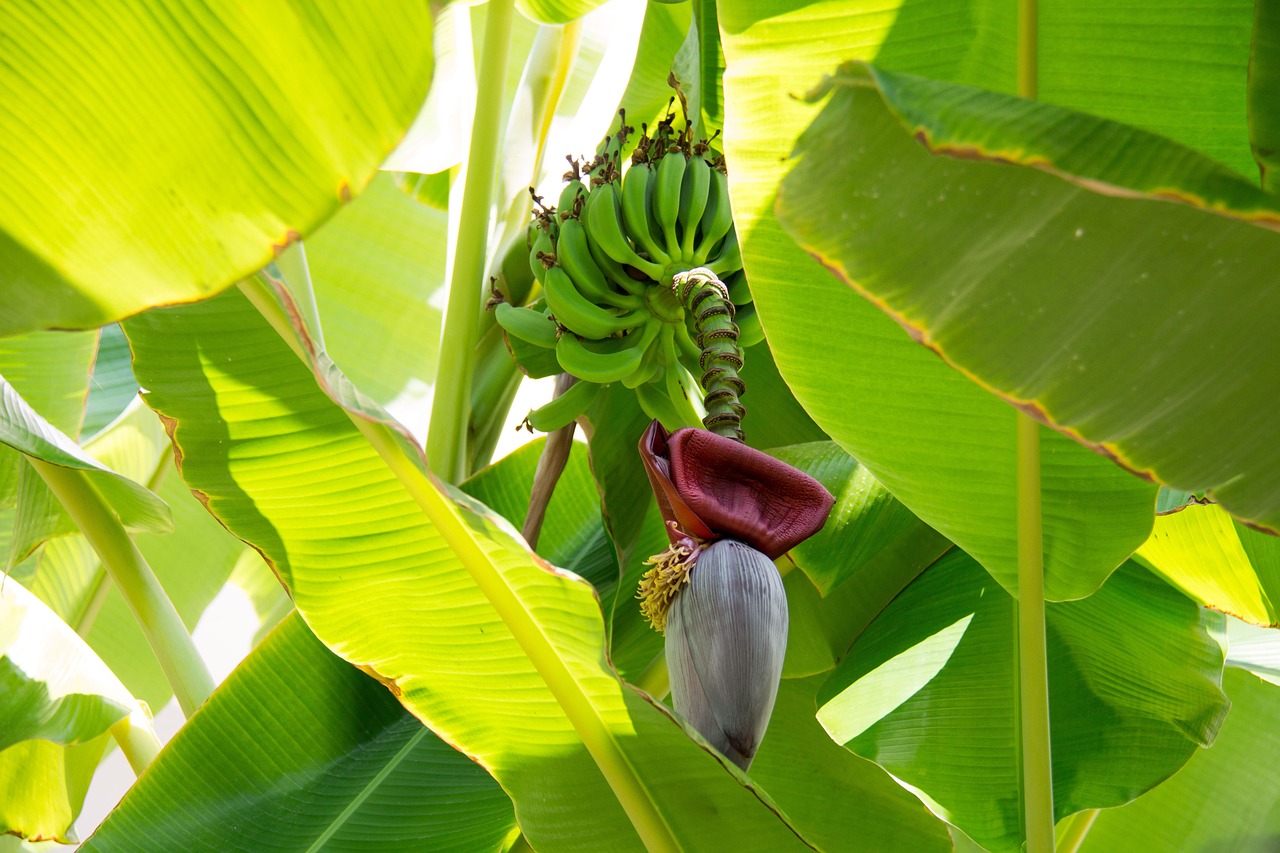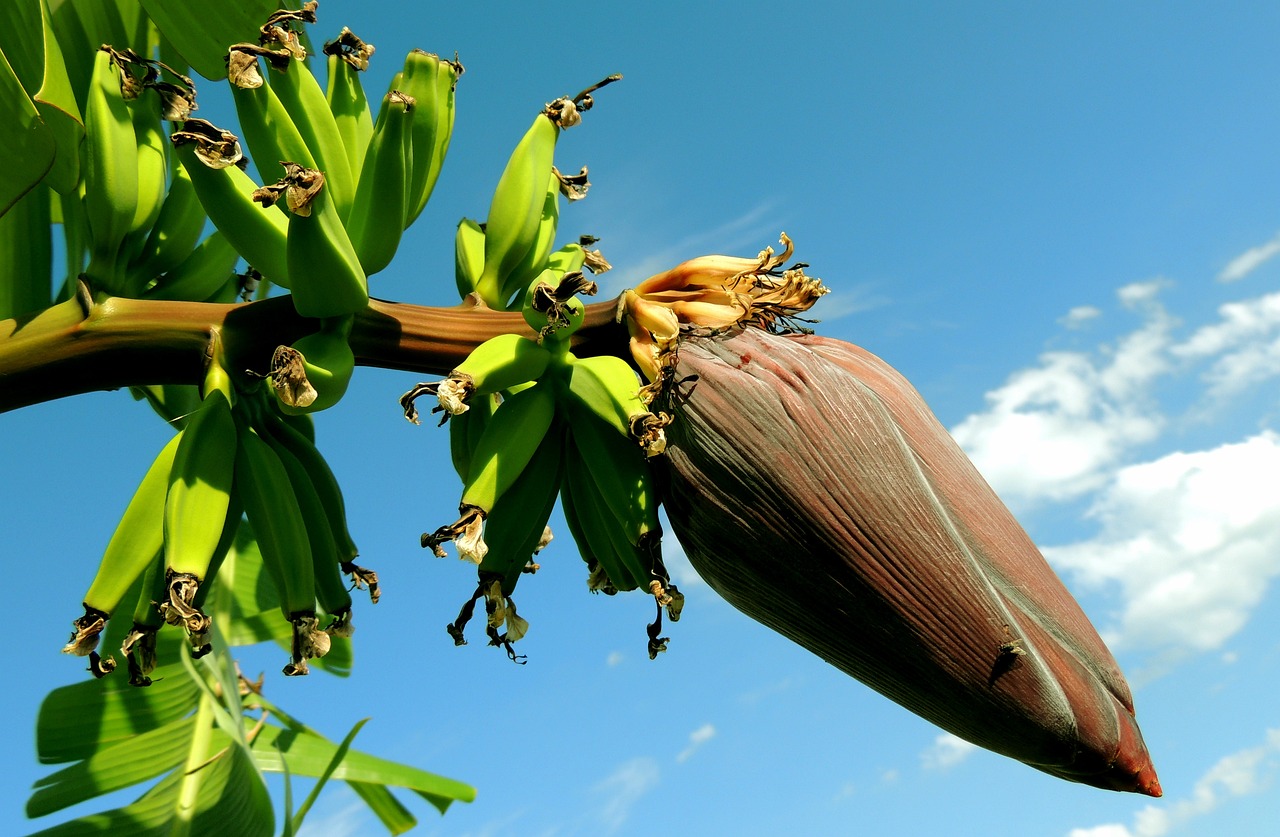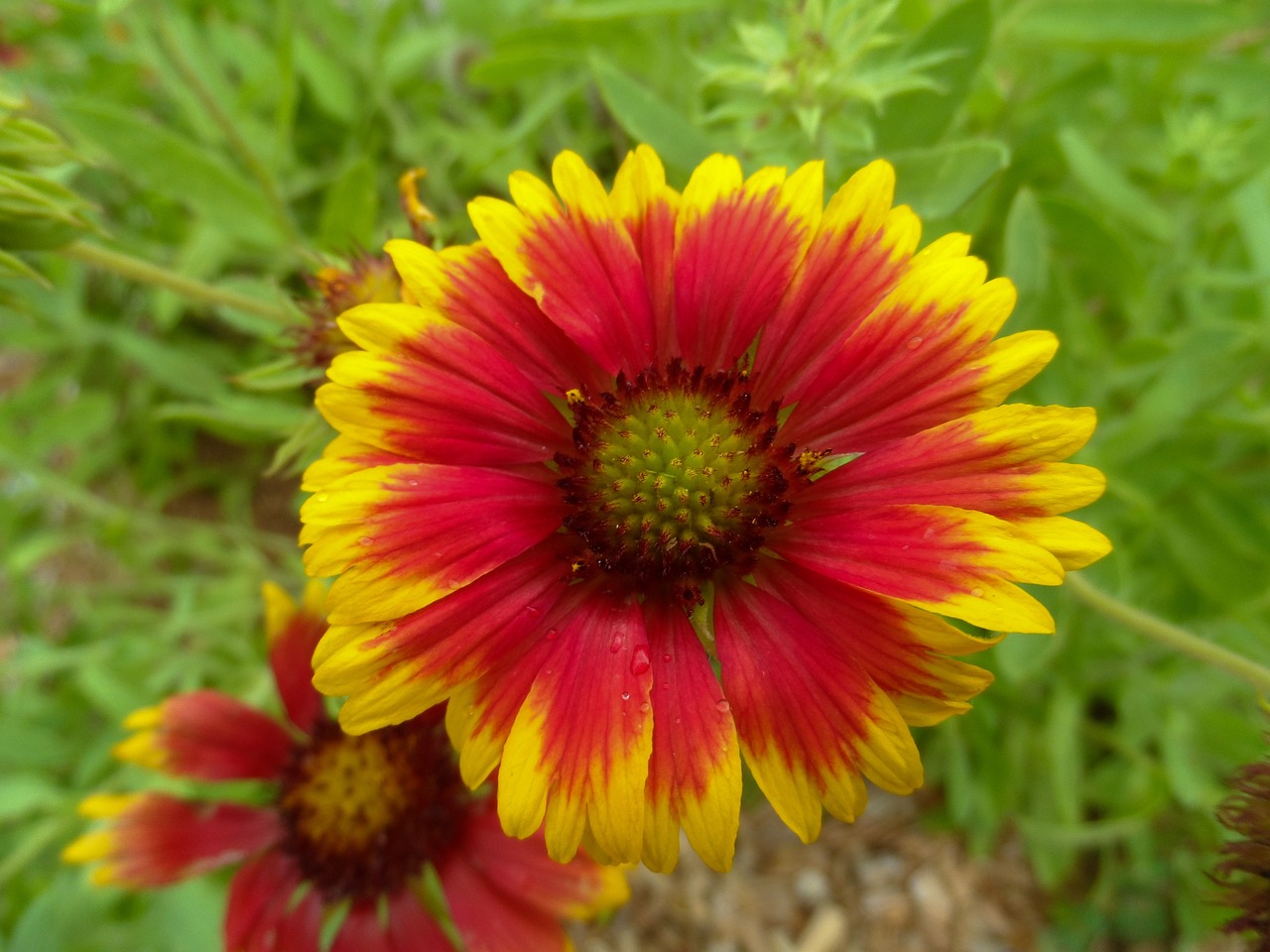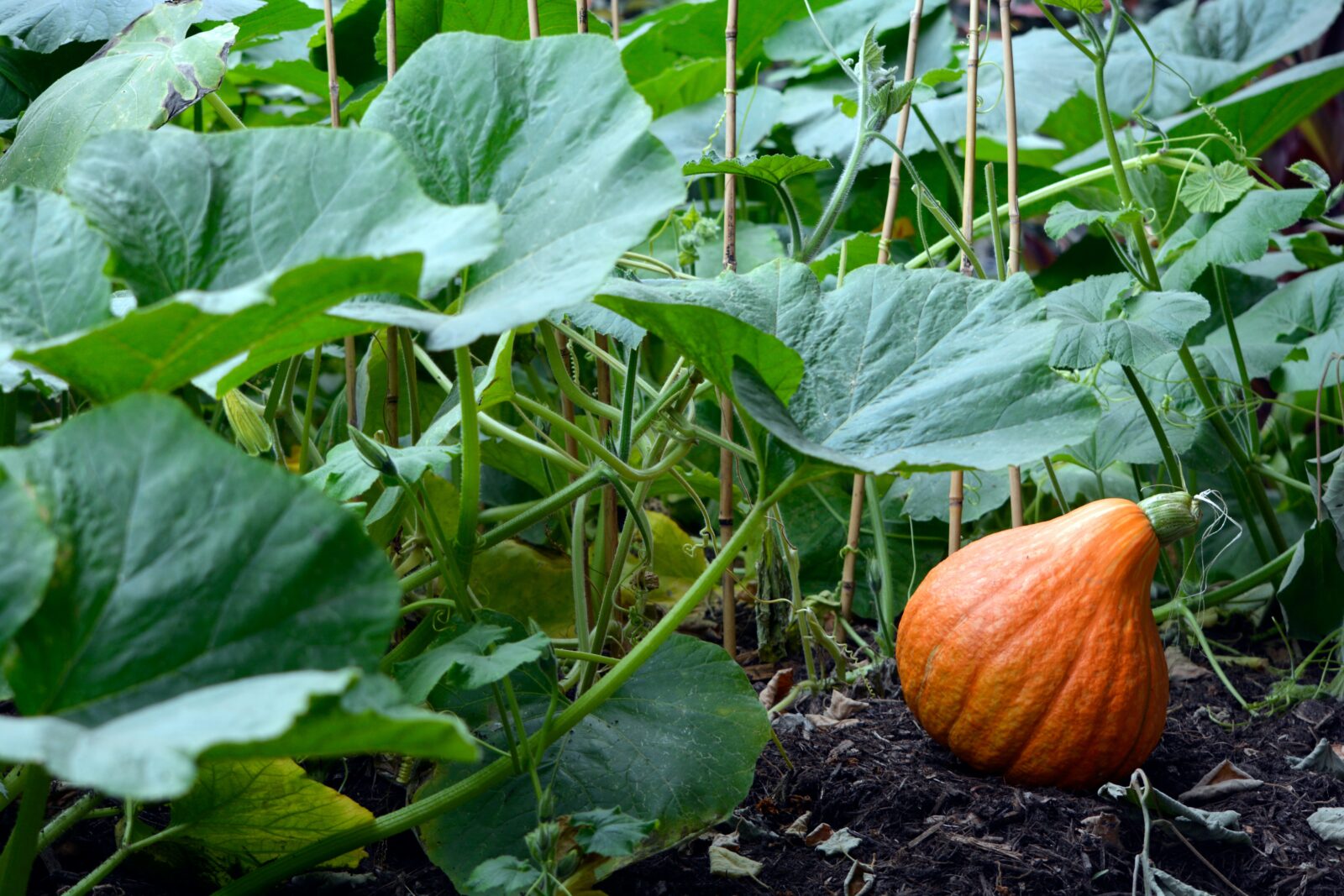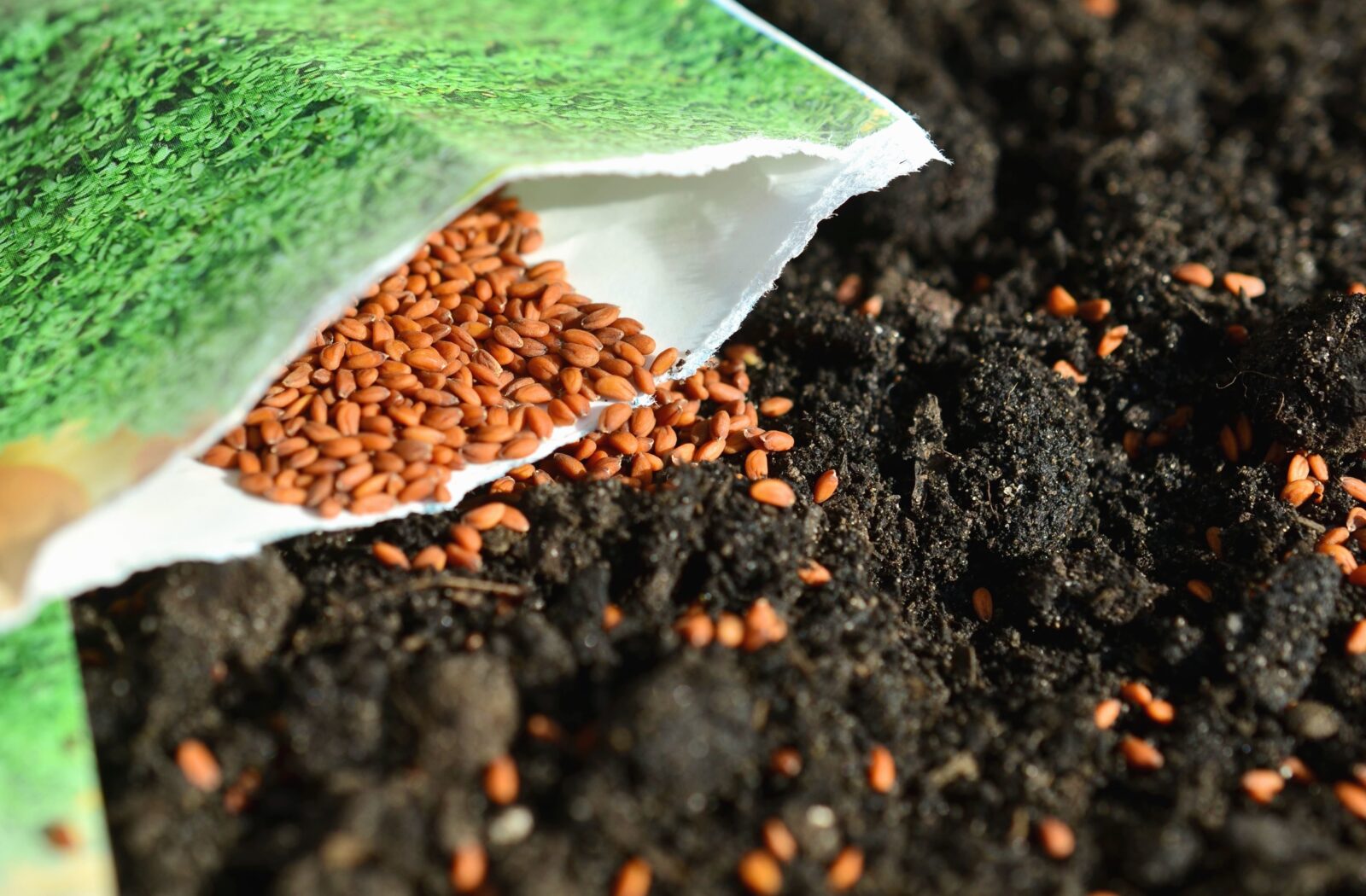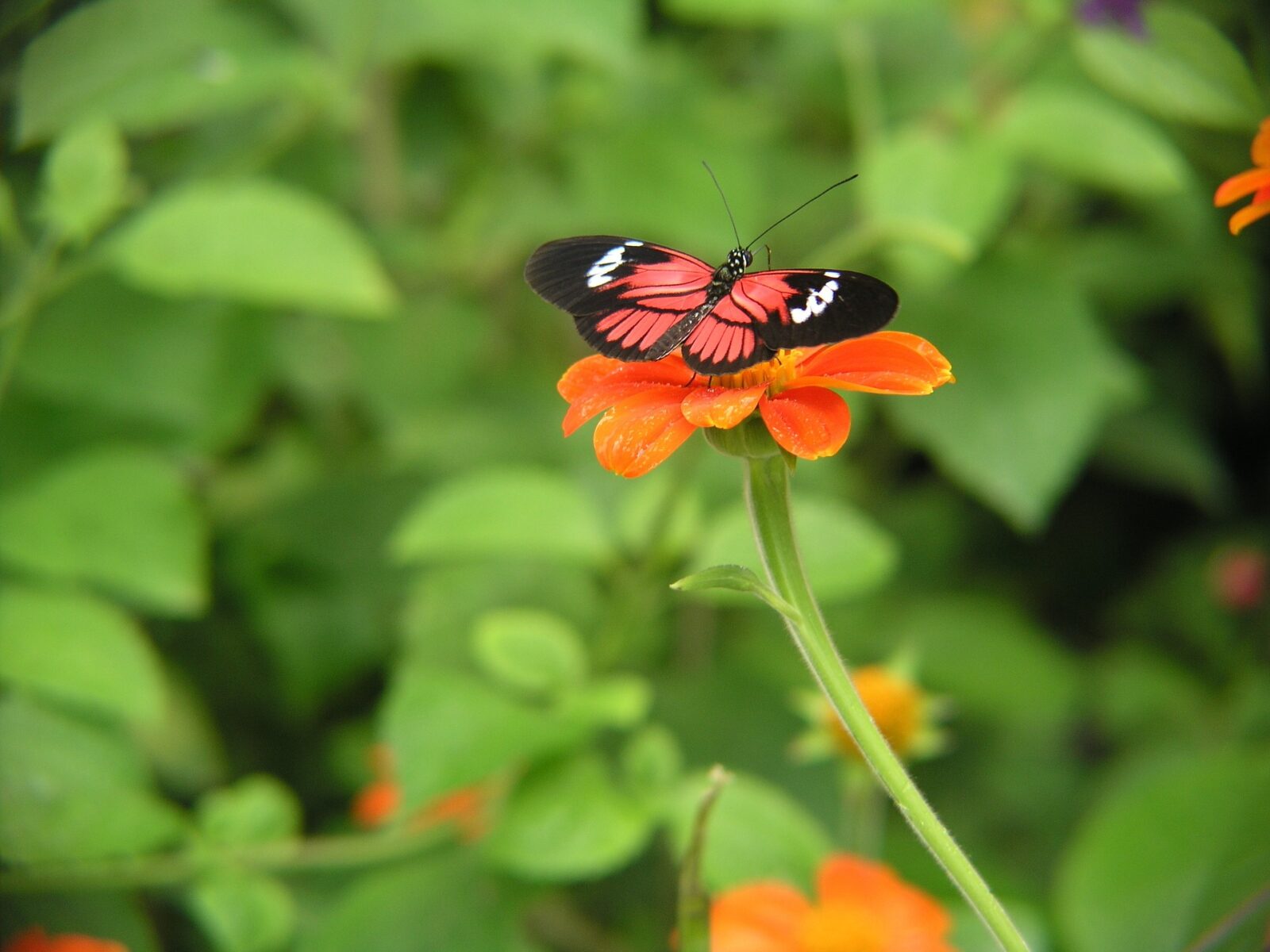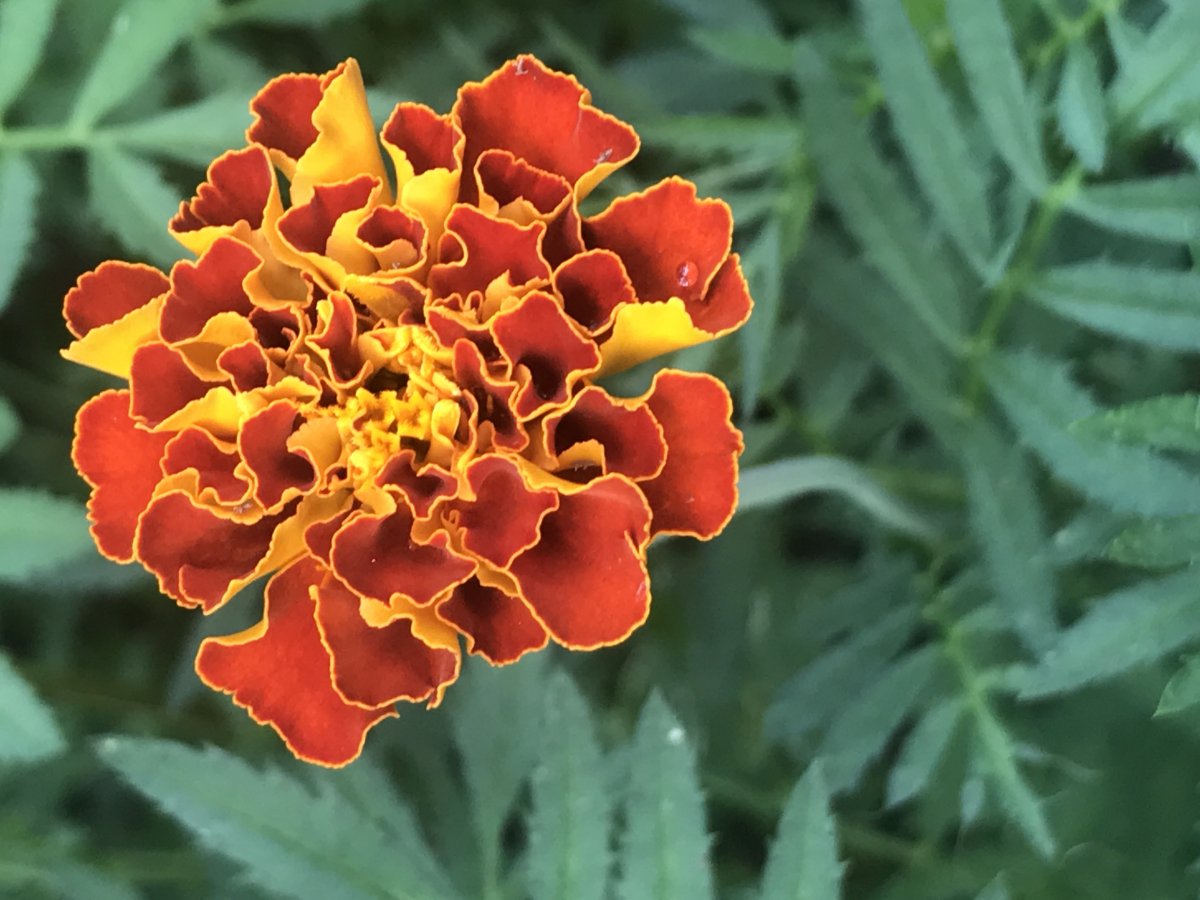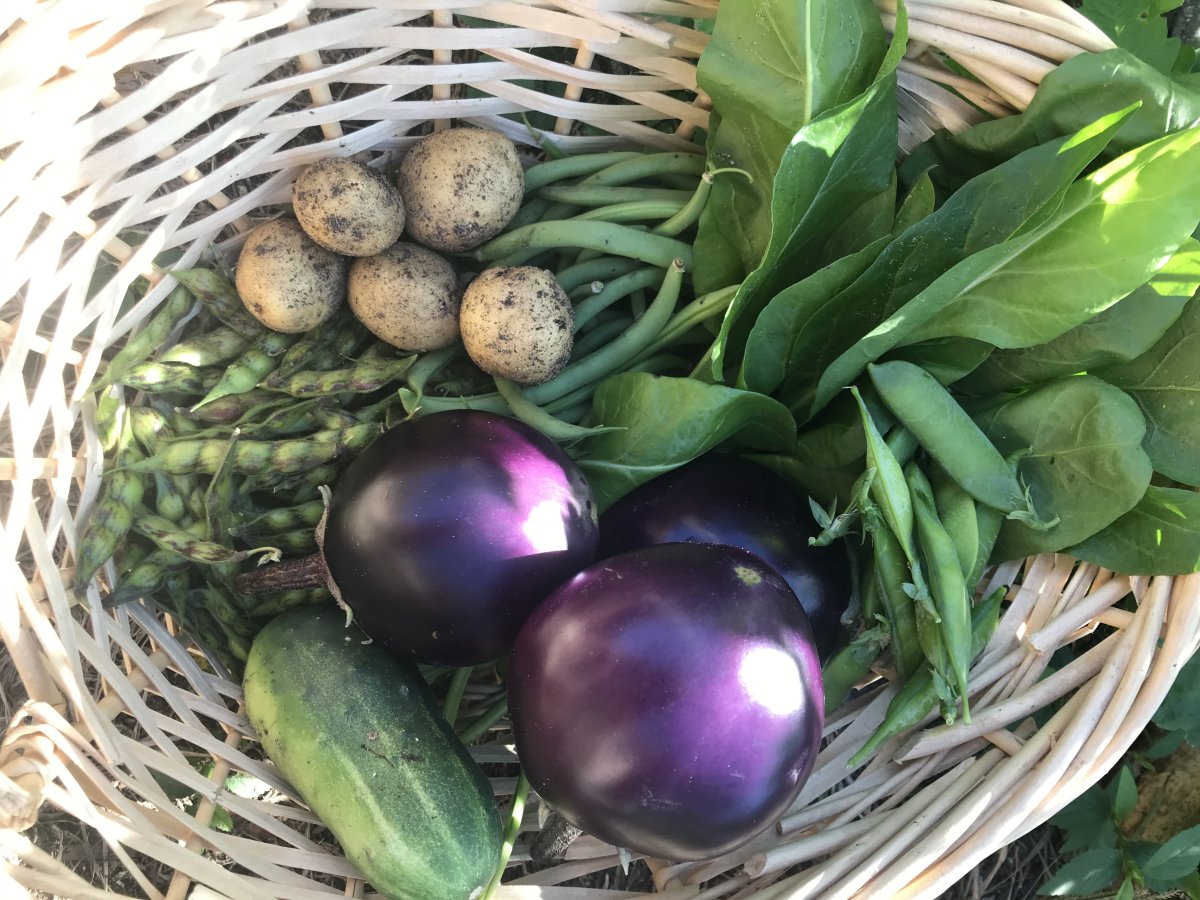If you’re a Florida gardener dreaming of growing your own tropical fruit paradise, look no further than the magnificent banana…
It’s been a cold winter and a dry spring, but now it’s June and the summer garden in Central Florida…
It’s Valentine’s Day, and that means flowers. Lots and lots of flowers. If you’d prefer to grow your own, the…
Most Florida gardeners are starting to plan our fall gardens right about now. Even if it’s still way too hot…
New and experienced gardeners often find themselves frustrated by seeds that don’t pop. After spending hours deliberating over your garden…
It’s only June, but you’ve already filled your garden to the brim with summer vegetables and herbs. The flower borders…
In the South, it’s just too hot and humid for gardening much. We’re reduced to an hour or two of…
Southern gardens are plagued by insect pests and harsh growing conditions. And even in other parts of the country, gardeners…
The end of summer often means we get a lot more than we bargained for, which isn’t a bad thing…
Gardening is hard work, with all the soil toil and heat and the lugging around of pots. But you don’t…
